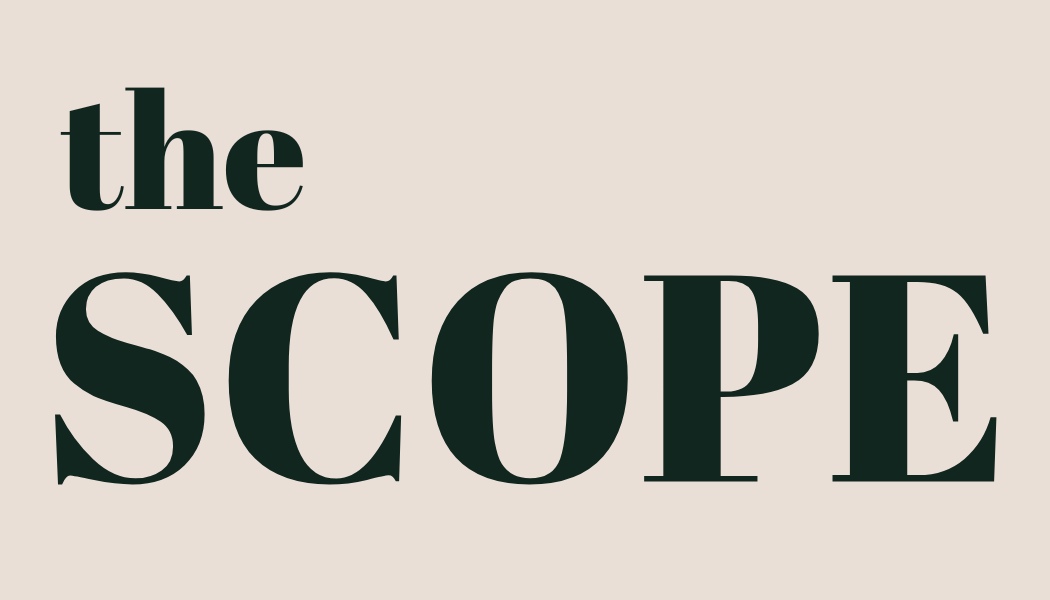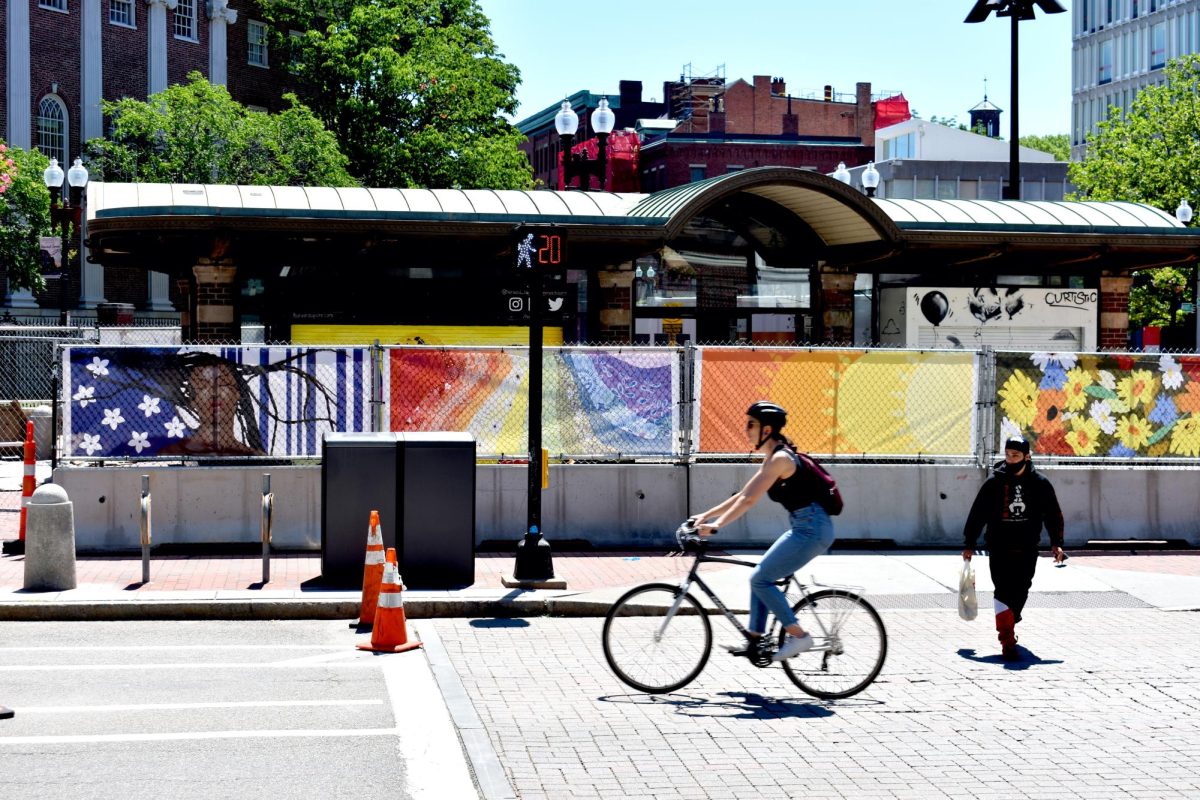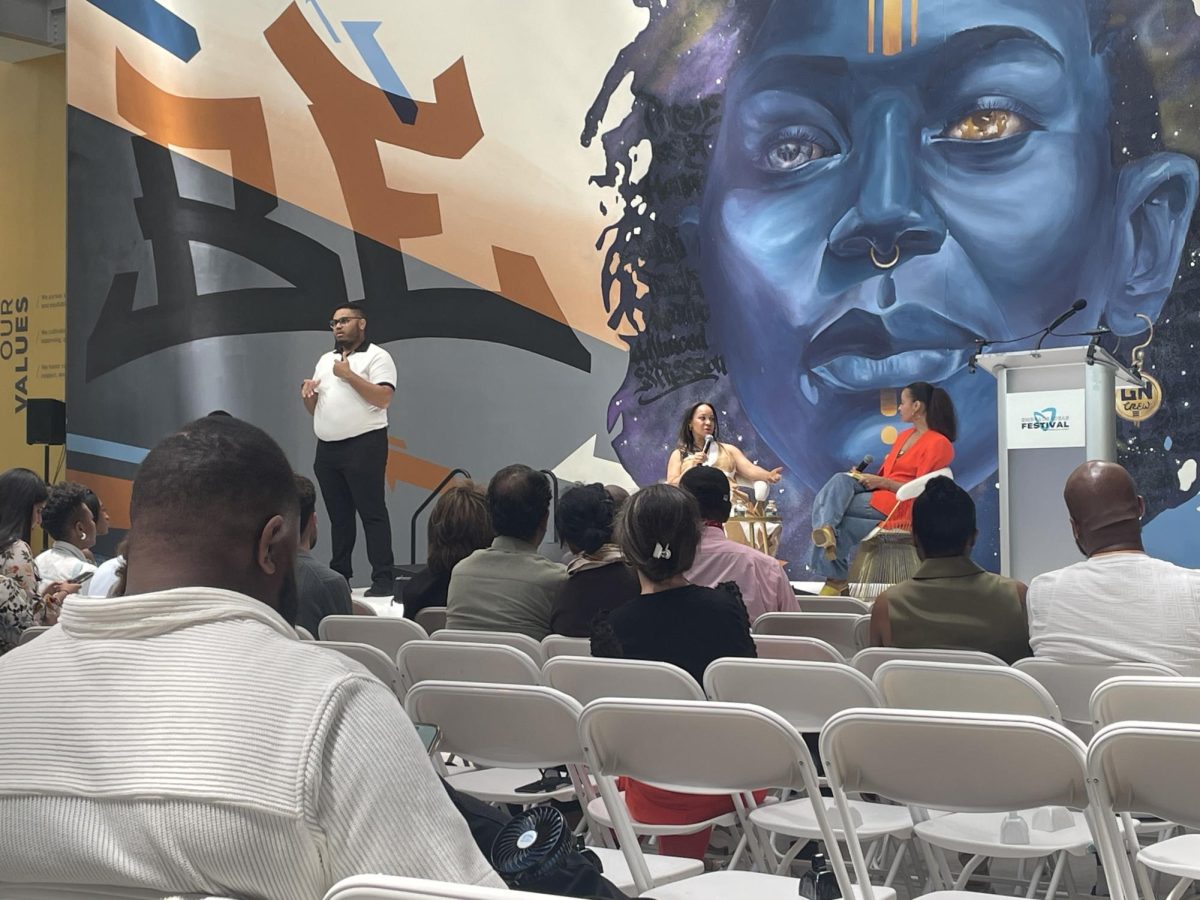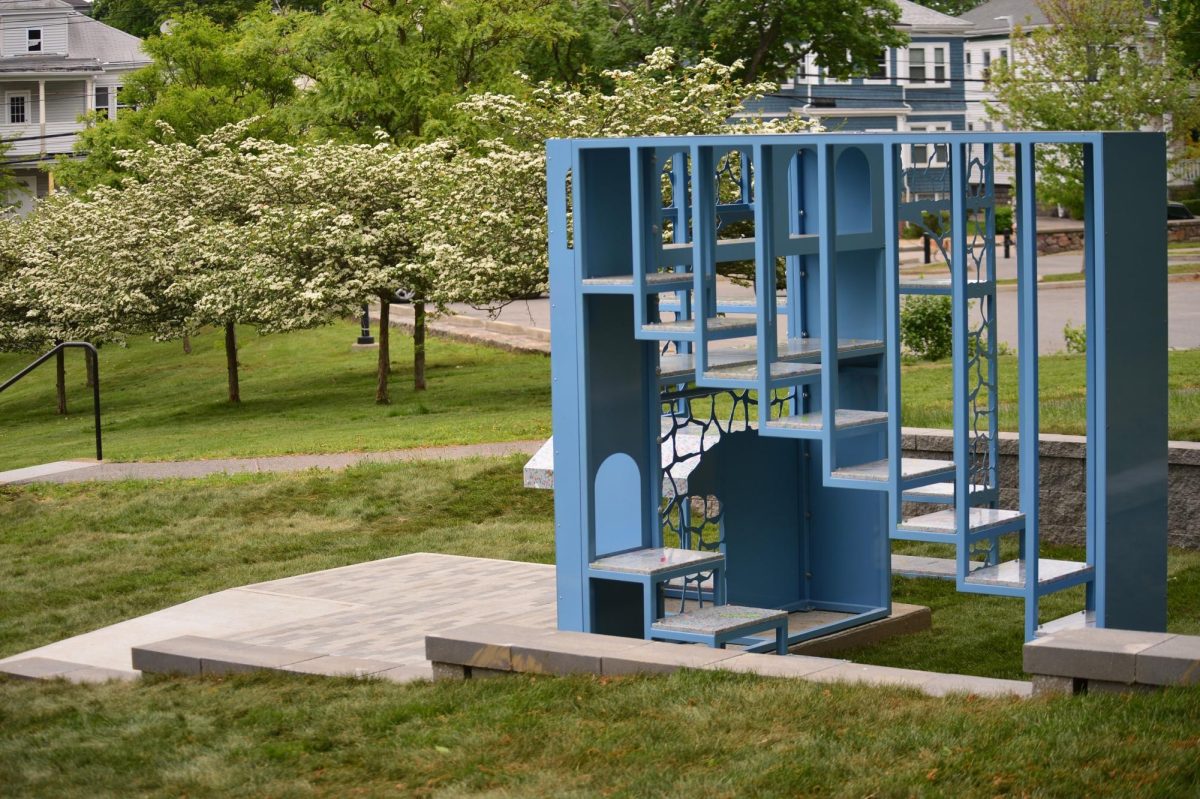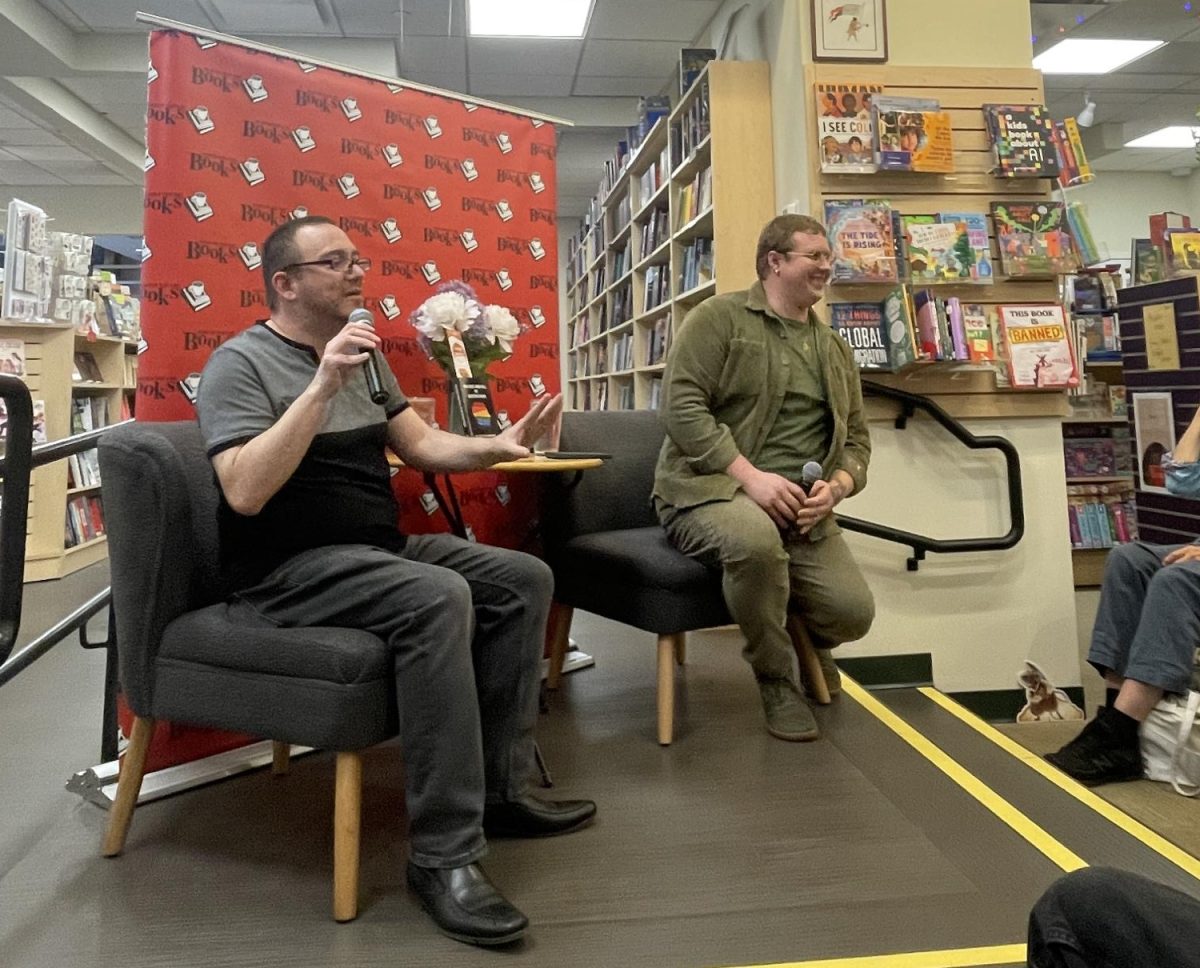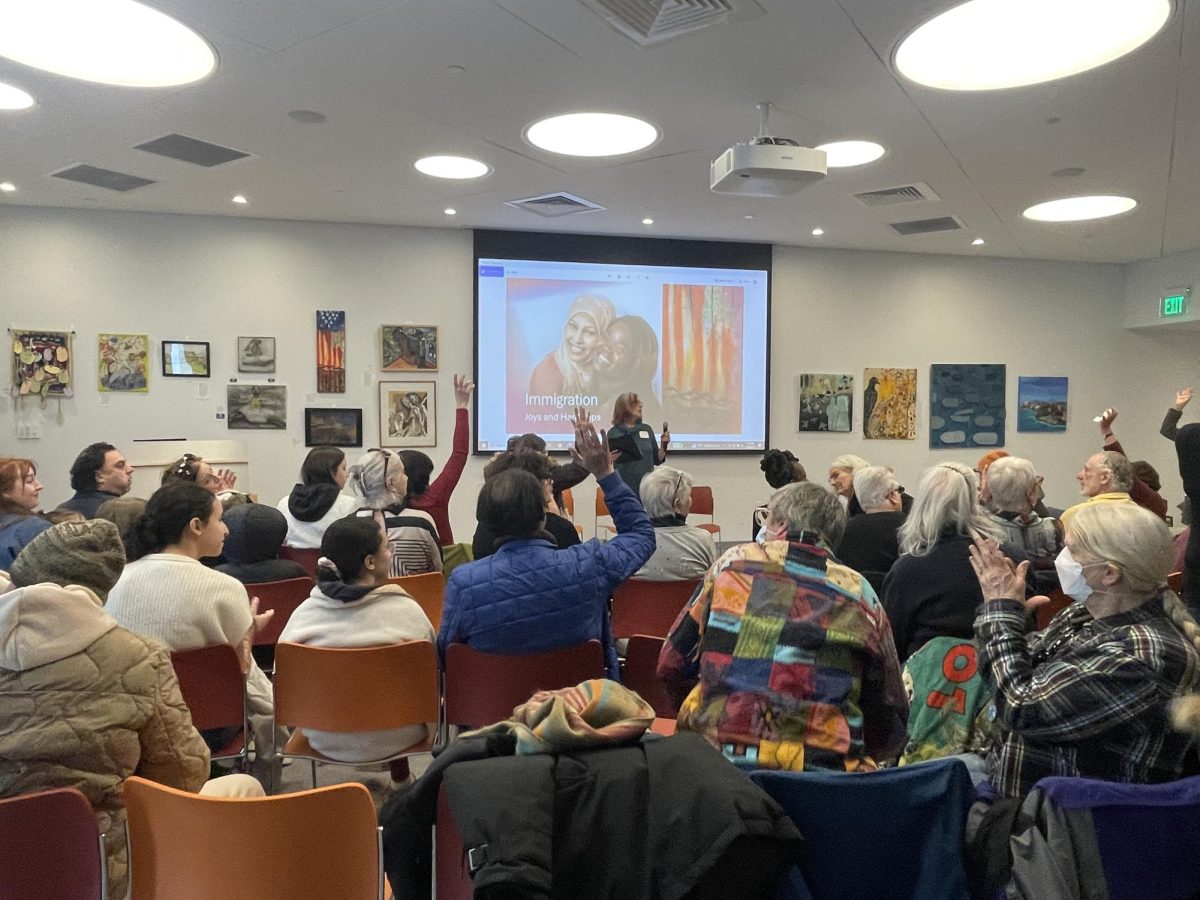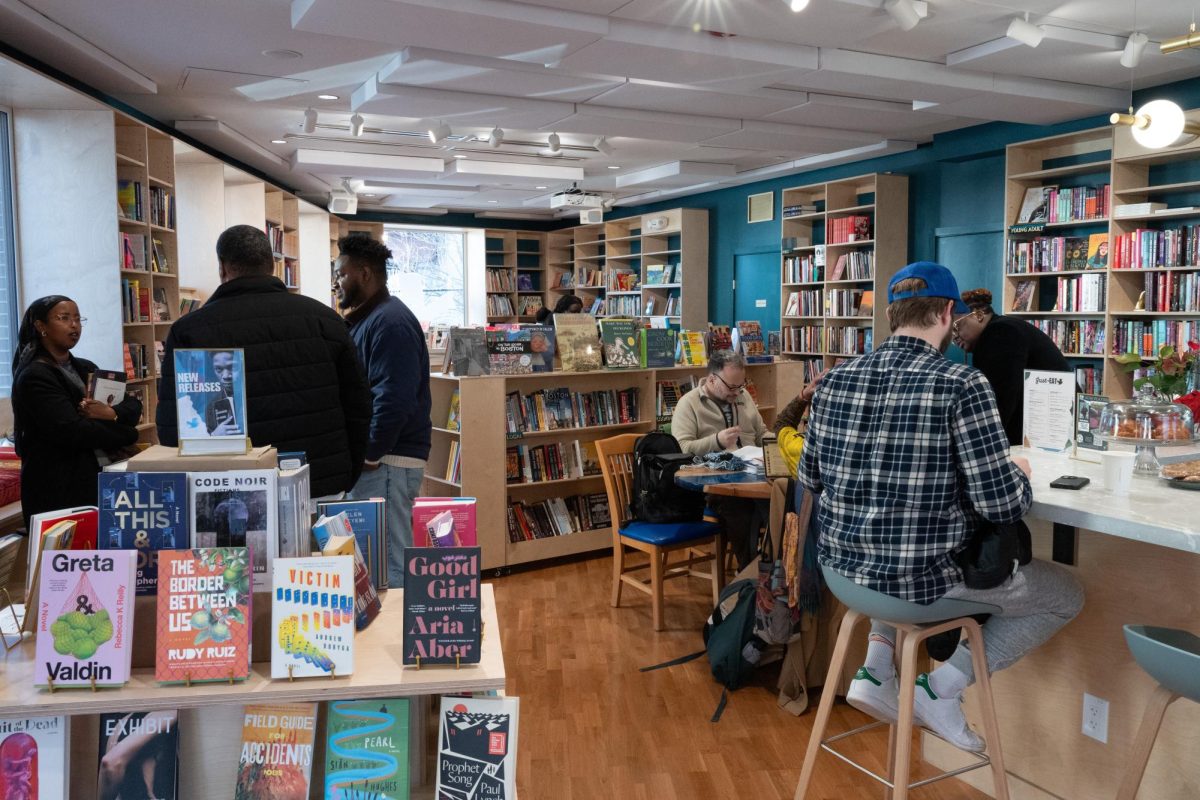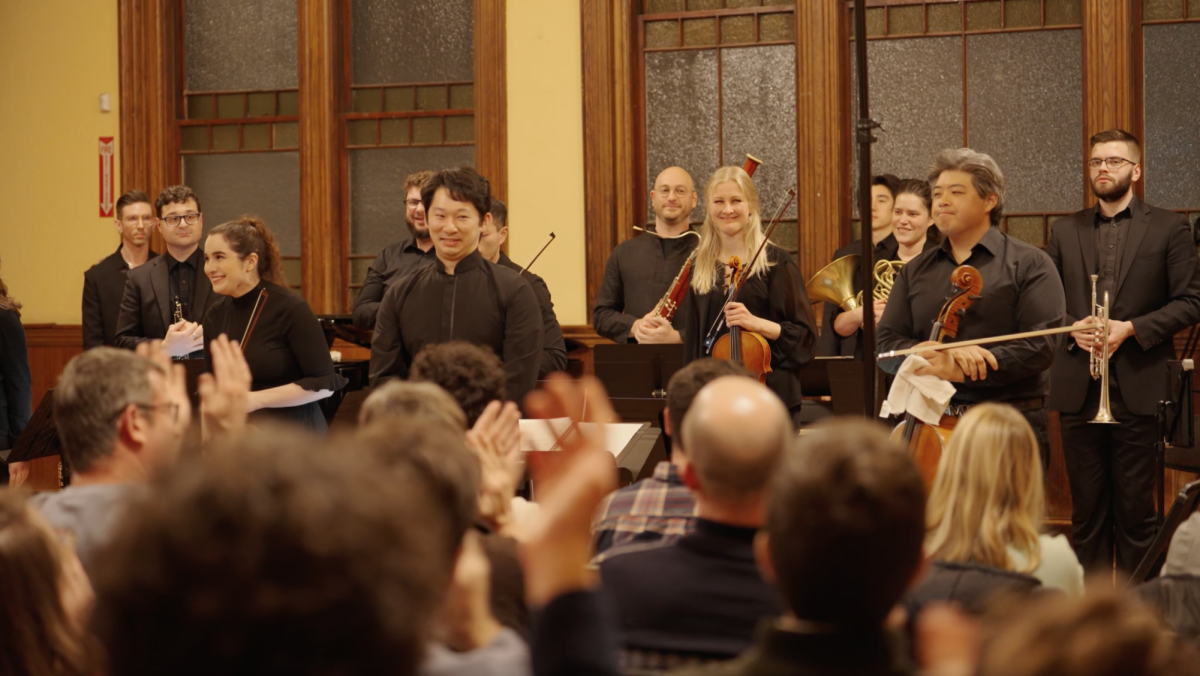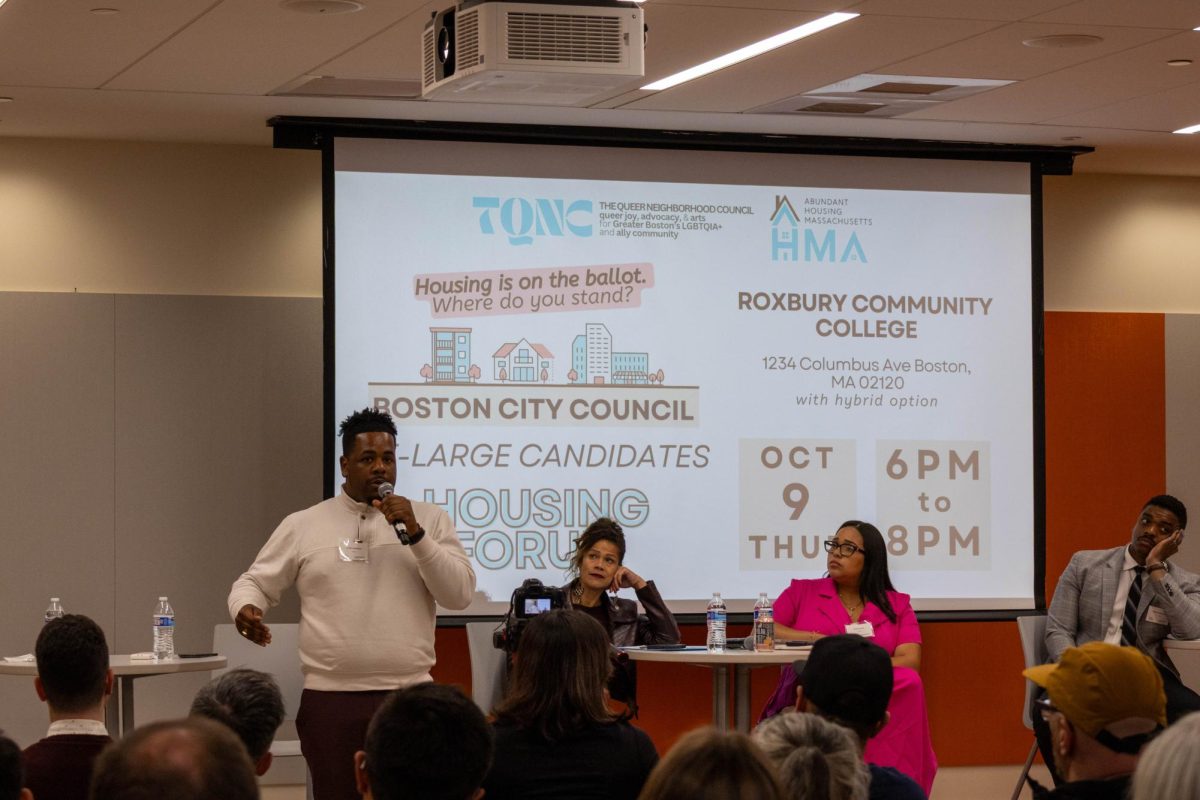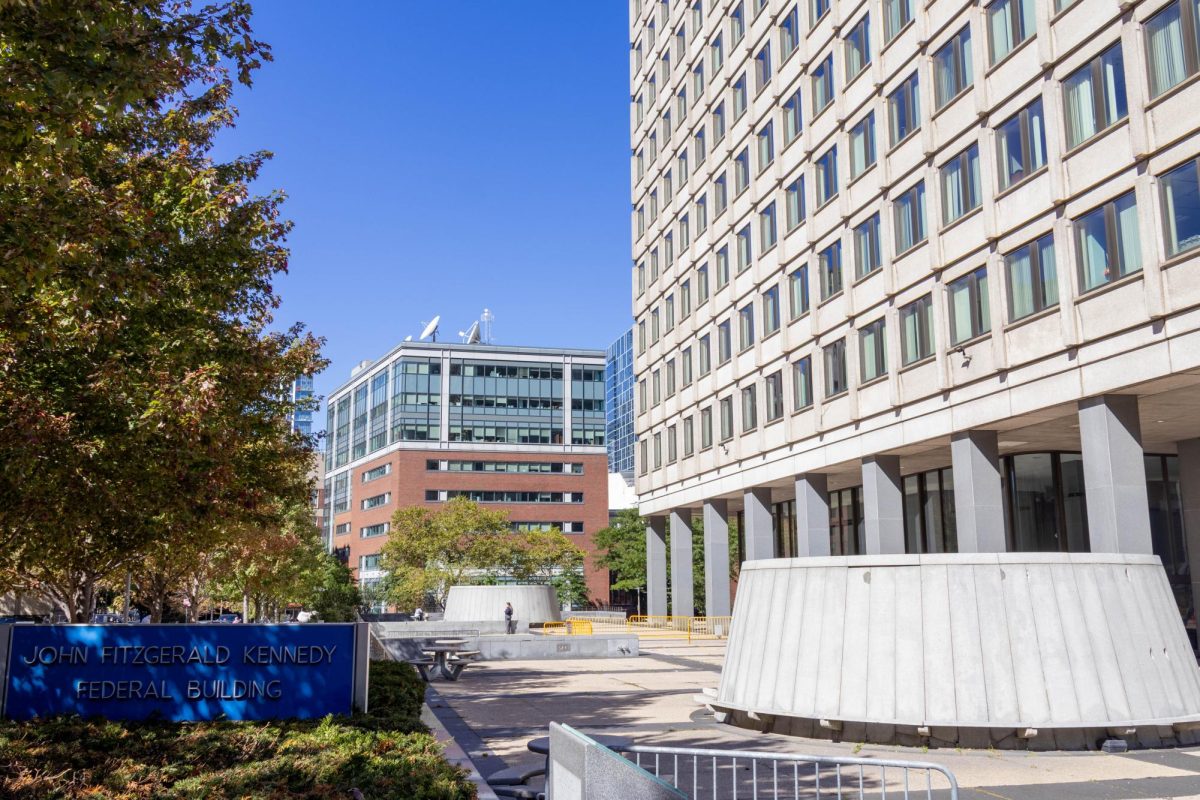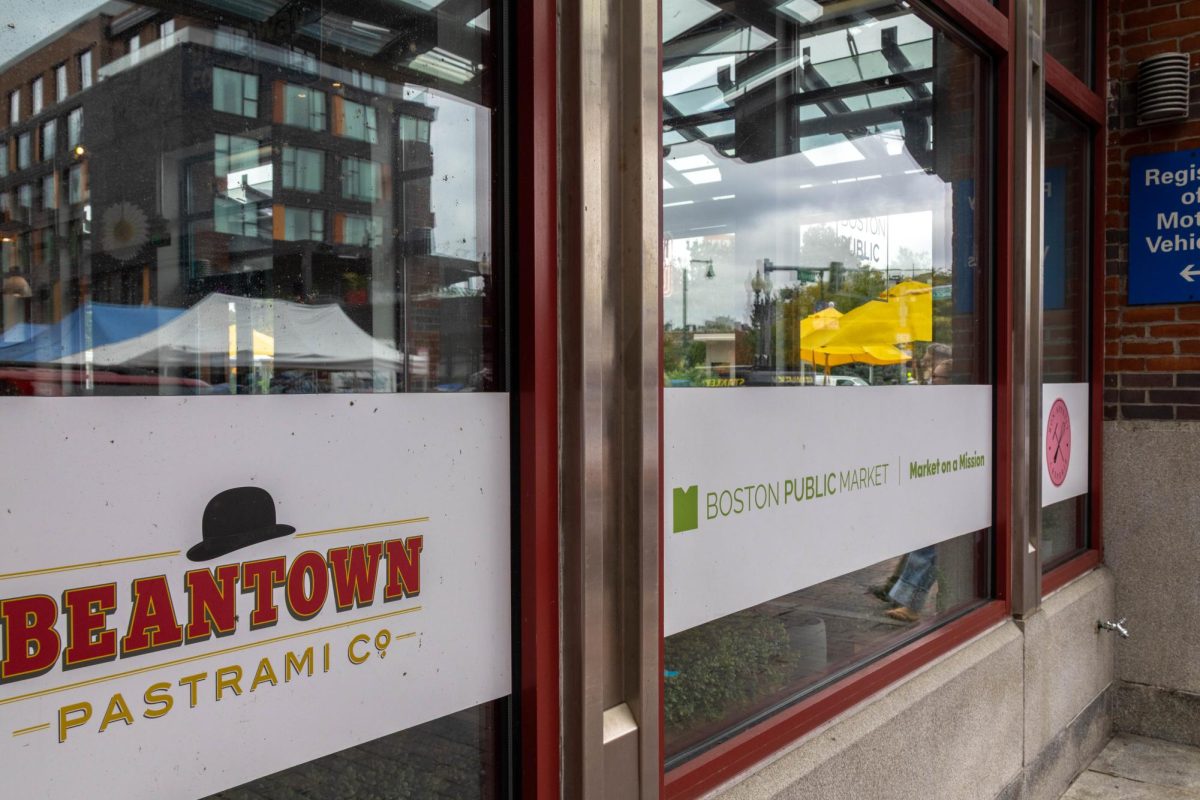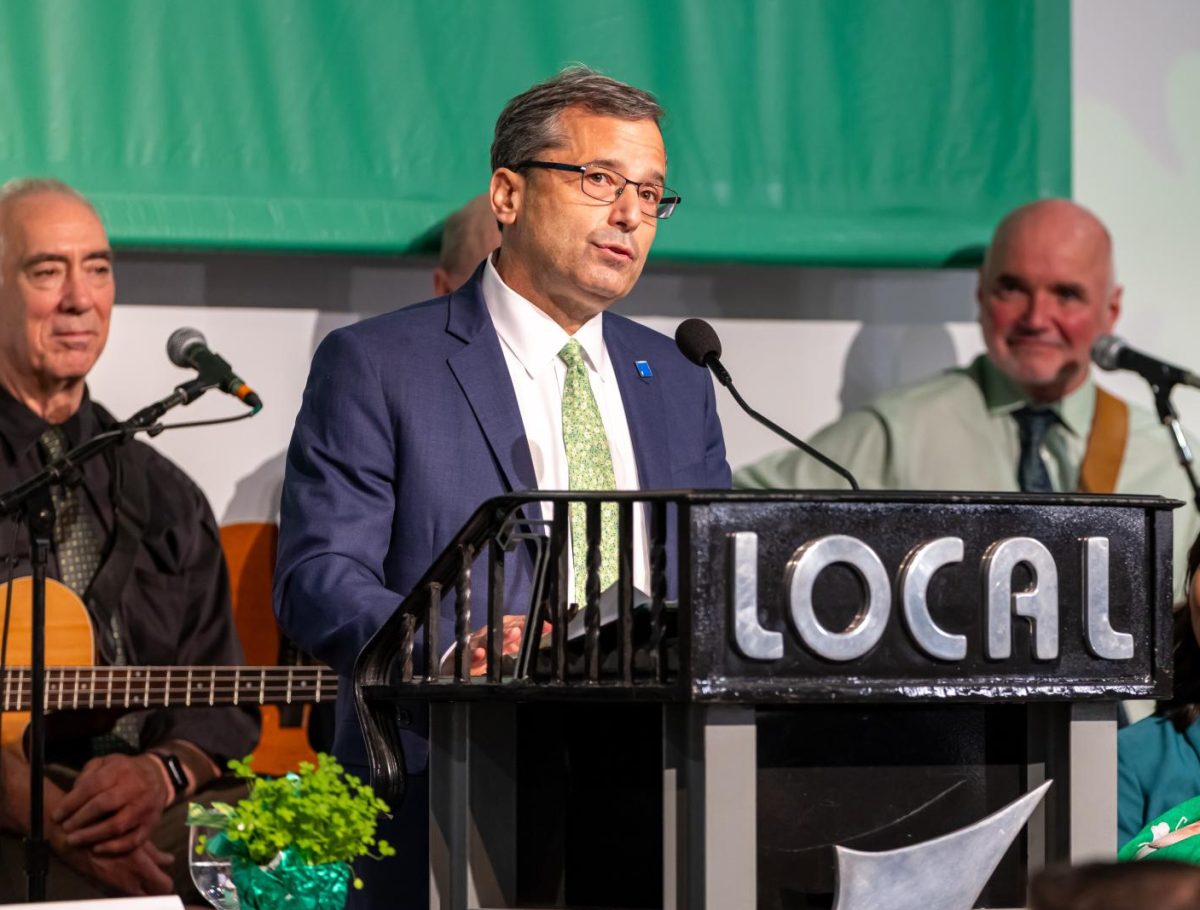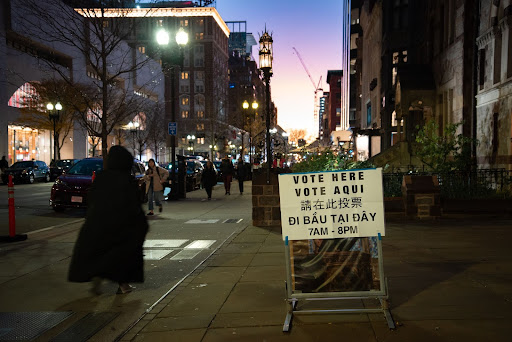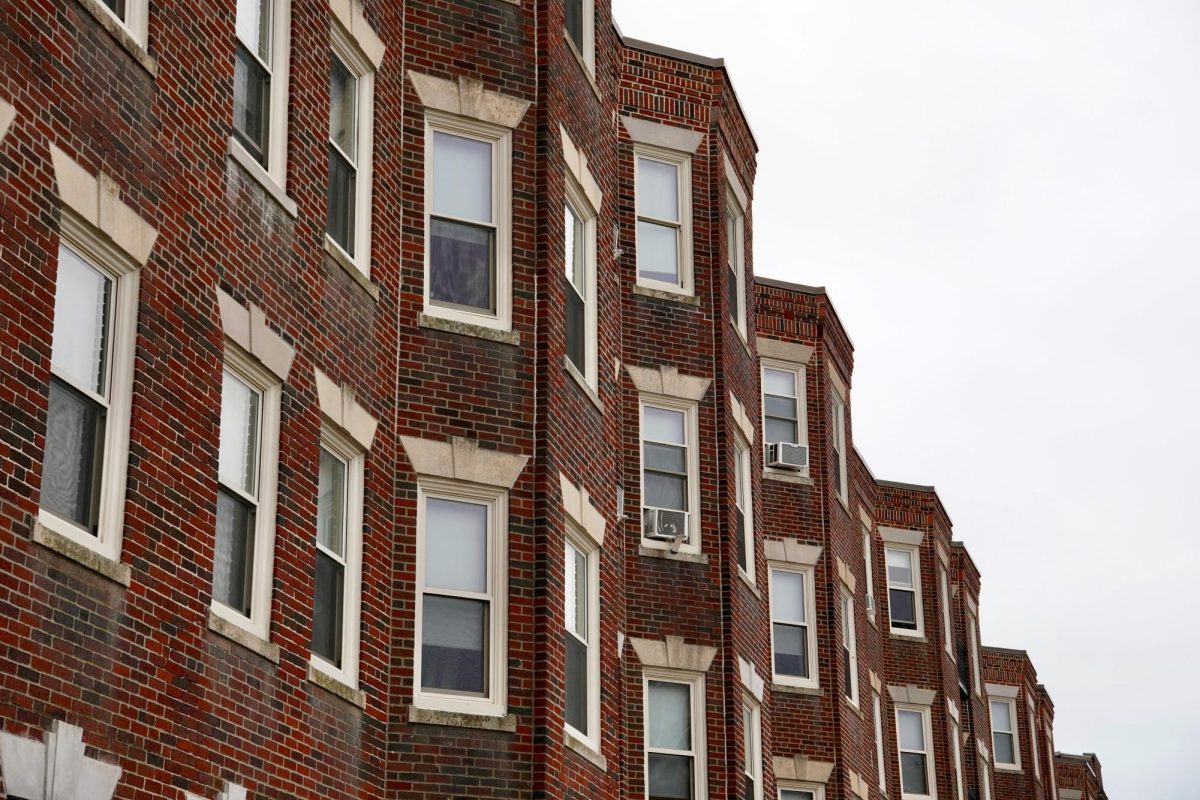Public art, which has historically memorialized individuals through statues, often does not reflect the diversity and experiences of the people who live around it. In Boston, and across the U.S., there has been growing public upset with this reality. More and more communities have been calling for the removal of statues associated with racist individuals and events, especially following the murder of George Floyd in 2020. In Boston, the statue of Christopher Columbus that once stood in Waterfront Park was vandalized and later removed by Mayor Walsh in 2020. The city also removed the Emancipation Memorial, which was meant to symbolize emancipation, as the name implies, but instead was seen as reinforcing white supremacy and a racist portrayal of Black people.
But the movement is not just about eliminating specific statues, it’s about getting new work into the world. Public art has expanded beyond its typical definition, utilizing local voices to create pieces that are more representative of the communities they are located in.
“The things that go up in the public realm are put there by those in power at the time,” said Tola Porter, interim assistant director of learning engagement and technology at the Lowe Art Museum at the University of Miami and secretary and archivist for the Public Art Dialogue, an organization dedicated to creating a platform to discuss public art. “We are getting much better at having a diverse lens in all the [art] that go[es] up.”
In Greater Boston, art is becoming more community-driven through groups like Boston Public Art Triennial and Cambridge Arts, and through initiatives like “Un-monument | Re-monument | De-Monument” which will place over 30 temporary art pieces around the city.
“Un-monument is an opportunity for people in Boston to engage with our monumental landscape and to think about our histories,” said Karin Goodfellow, the director of transformative art and monuments for the City of Boston who currently leads the implementation of the “Un-Monument” initiative. “That includes histories that are told through artworks and to do critical thinking around them, but also to reflect on histories that are untold or have not been told widely, and for artists to experiment with new forms and ideas about monuments.”
Boston Public Art Triennial, a Boston non-profit that curates temporary site-specific public art, and Cambridge Arts, a city of Cambridge agency that funds public art and community programs in Cambridge, share a mission of amplifying local artists’ voices to unearth the history of their cities and create a inclusive space for everyone.
“Public art is a conversation; it is a message. It’s telling people what to think or feel and what they should remember,” said Jasper Sanchez, assistant curator for the Boston Public Art Triennial. “It changes our perception of a public space and it shows our identity.” Sanchez mentioned Boston’s The Embrace statue, which was unveiled in January 2023, as a new form of public art.
Public art is often better integrated into the community because it removes the societal financial barriers that classic forms of art presentation, like museums, tend to create.
“[Public art] is embedded into your daily routine without any barriers, so you can experience art as you move around the city,” said Hilary Zelson, the public art administrator for Cambridge Arts. An example of this is the printed mural “The Beauty of Everyday Living” by Patricia Thaxton which portrays the Black Lives Matter movement. It was placed around the construction of Harvard Square kiosk in 2021, a public space where hundreds of people walk every day. The Cambridge Arts also helped place a mural by Monique Amiee in St. Peter’s field in 2020 that celebrated exploring local parks.
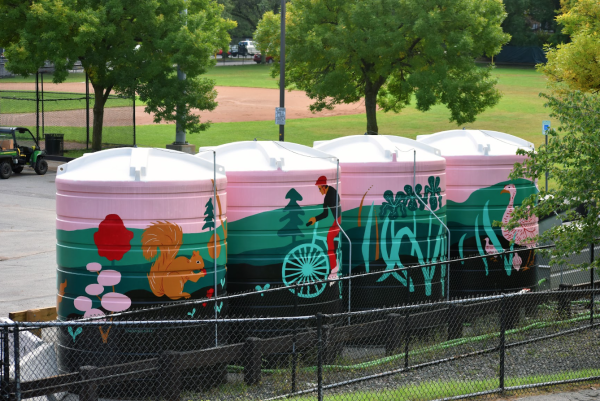
In addition to a shift in who produces public art, the content of the pieces themselves is becoming more general.
“The main change [in public art] was a movement away from a traditional statue to a work of art that is more abstract,” said Porter from Low Art Museum. “That was a really important move away from something that is just celebrating one individual human being to something that can mean something to anyone at any time.”
Sanchez echoed that sentiment, saying that the future of public art lies in “ideas that are relatable, not uplifting an individual but bringing together a collection.”
Cambridge Arts makes its process of creating new art as open as possible by holding open meetings where project ideas are pitched and showing work to locals to understand their perspectives before the art is permanently placed, said Zelson. The Community Grafting Project, a recent project of Cambridge Arts, challenges the classic perception of public art while creating an open and welcoming environment.The project is centered around a tree at Tobin Montessori and Vassal Lane Upper Schools in Cambridge, modeled after a beloved apple tree that had to be torn down due to renovations in 2021. The tree had been a gathering place for children and community members. The new tree, planted through grafts of the old tree, is surrounded by wooden structures to sit and play on, mirroring the branches on the previous tree. This project showcases exactly what Cambridge Arts is trying to do by bringing community into art, Zelson said.
Organizers from Cambridge Arts, the Boston Art Triennial and Boston’s new un-monument movement all say they plan to continue adjusting the public art they place based on local communities and new ideas about what public art can be.
“The limits of public art are what your imagination can make it,” Zelson said.
